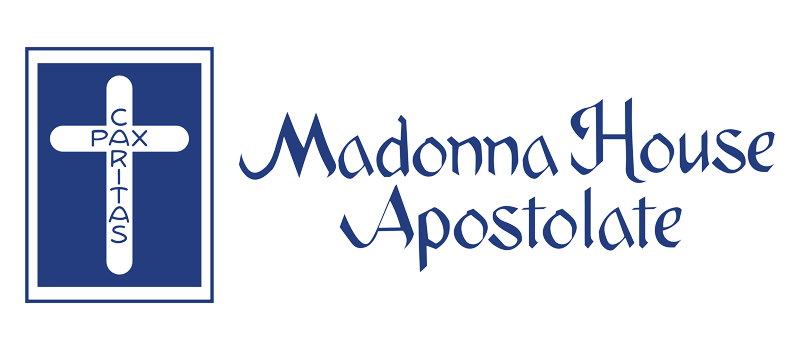Our Foundress
CATHERINE DOHERTY
Our Lady of Combermere
Visitors to Madonna House are soon introduced to an unusual and beautiful statue of Mary, Mother of God, hidden among the tall pines next to what we call the Main House. Her official title is Our Lady of Combermere, and this site has been a place of pilgrimage and prayer in a quiet, hidden way since 1960.
The Little Mandate
Arise – go! Sell all you possess.
Give it directly, personally to the poor.
Take up My cross (their cross) and follow Me,
going to the poor, being poor,
being one with them, one with Me.
Little – be always little! Be simple, poor, childlike.
Preach the Gospel with your life – without compromise!
Listen to the Spirit. He will lead you.
Do little things exceedingly well for love of Me.
Love…love…love, never counting the cost.
Go into the marketplace and stay with Me.
Pray, fast. Pray always, fast.
Be hidden. Be a light to your neighbour’s feet.
Go without fears into the depths of men’s hearts. I shall be with you.
Pray always. I will be your rest.

